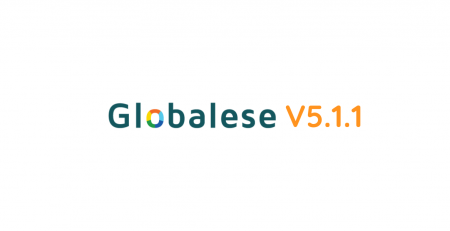What’s new
The focus in the latest release of Globalese is on corpus lifecycle management.
Corpora in Globalese are maintained centrally, meaning you only have to upload a corpus once and then you can re-use it in as many engines as you wish, in either language direction. Needless to say, some corpora change more frequently than others, and if an engine is centred around a translation memory that gets updated every day, the engine might quickly become obsolete. The way this can be tackled is to first update the corpus, and then re-train the engine so it can reflect the changes.
Up to now, updating and re-training existing engines meant taking the following steps:
- Upload the most up-to-date version a corpus.
- Edit all the engines that were trained on said corpus, removing its old version and adding the new one.
- Re-train all affected engines.
- Delete the old, no longer used version of the corpus from Globalese.
The new process looks like this:
- Go to the corpus that needs updating.
- Click the Update button and upload the most up-to-date version.
- Re-train all affected engines.
It’s even simpler if you are used to pulling your corpora from your CAT tool(s). When importing a corpus for the second time and onward, Globalese will not create a new entity, but update the existing one.
All the engines affected by a corpus update will display an indication next to the updated corpora, so when looking at an engine, you can immediately see what has changed since the last update.

When viewing a corpus, you can now see its version history on the new Versions tab to give you an idea about the volume changes across versions.
New stock corpora
- Danish ↔︎ French
- French ↔ Swedish
New stock engines
- French → Swedish
- French → Danish

